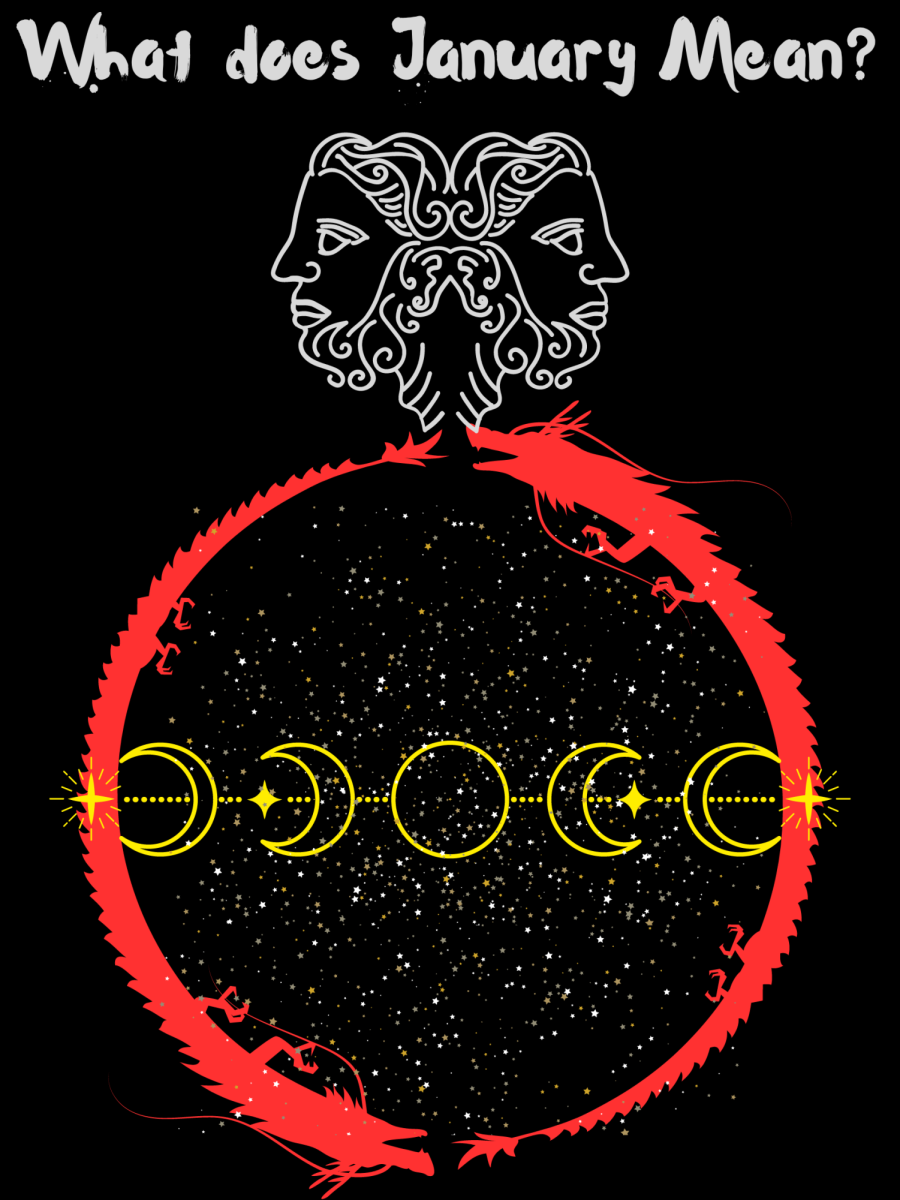January is known for its cold temperatures. If you studied ancient Greece, you would’ve learned that they believed January was related to the Greek god Janus. He is the two-faced god that resembles new beginnings, gates, transitions, time, duality, doorways, passages, frames, and endings. That’s only the tip of the iceberg when it comes to what January resembles and how other cultures view it.
In the Chinese new year, this year is the year of the dragon, while last year was the year of the tiger. In the year of the dragon, your earthly branch is Chen. The dragon also represents yang in yin and yang. The lucky flower is hyacinths. They resemble lanvader, but with fuller petals and more color variety. The dragon symbolizes good luck, strength, and health.
Moon calendars are also another way to symbolize new months and years. They are also called Lunar calendars, and they work off the moon. It bases itself off the different moon cycles. The Lunar calendars have been seen to date back to 8,000 BC. In Islamic culture, the first month of the year is dated by a lunar crescent. In Chinese culture, it is dated by the sighting of the new moon.
January and different cultures all coincide with each other. With it being a new year, especially a leap year, things are going to be a tad bit different then what we are used to. Learning about the different cultures is interesting, but you have to remember to be respectful while doing it.








